Atelier C.
A passive house in the Canadian woods.
Nestled among maple and fir trees in the Canadian province of Quebec, Atelier C is the home and studio of a creative couple – she a writer, he a musician photographer – which accommodates traditional living functionality combined with workshops that are seamlessly integrated into the space. The project designed by Nicholas Francoeur associates the diagonal and geometric features of the roof with the idea of an unconventional ‘passive house’, with unique touches of sustainability.
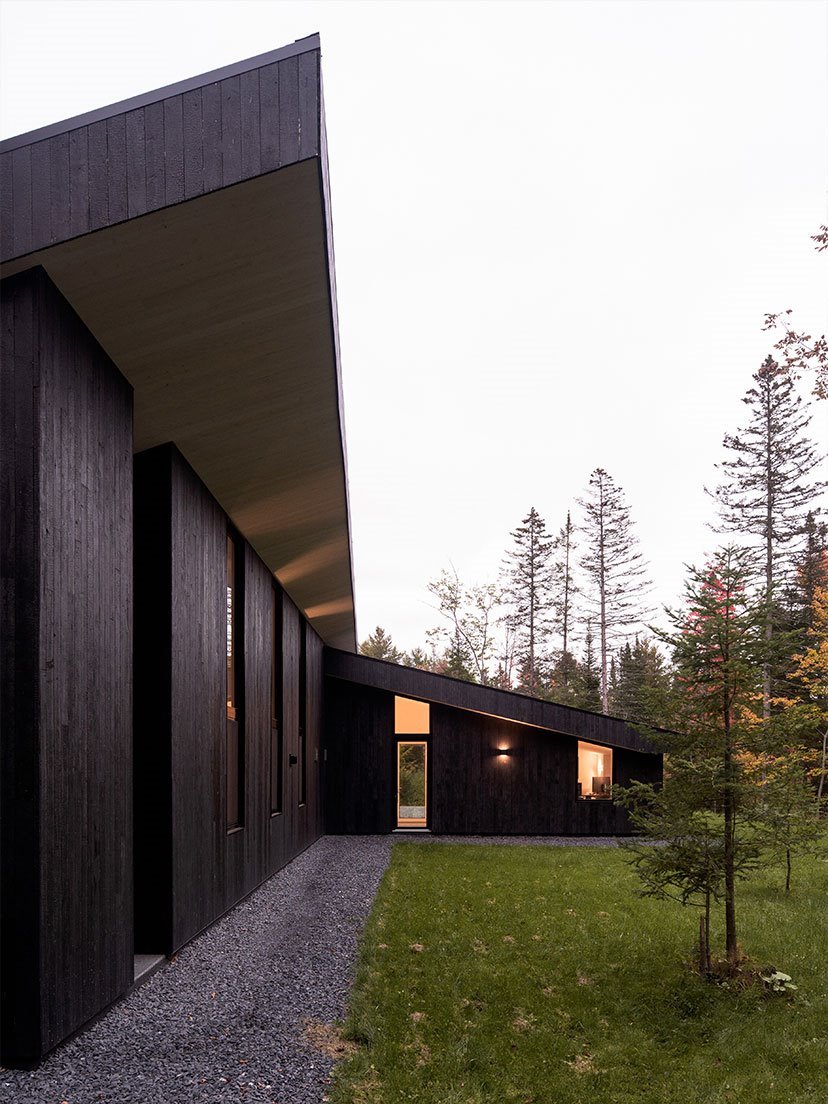
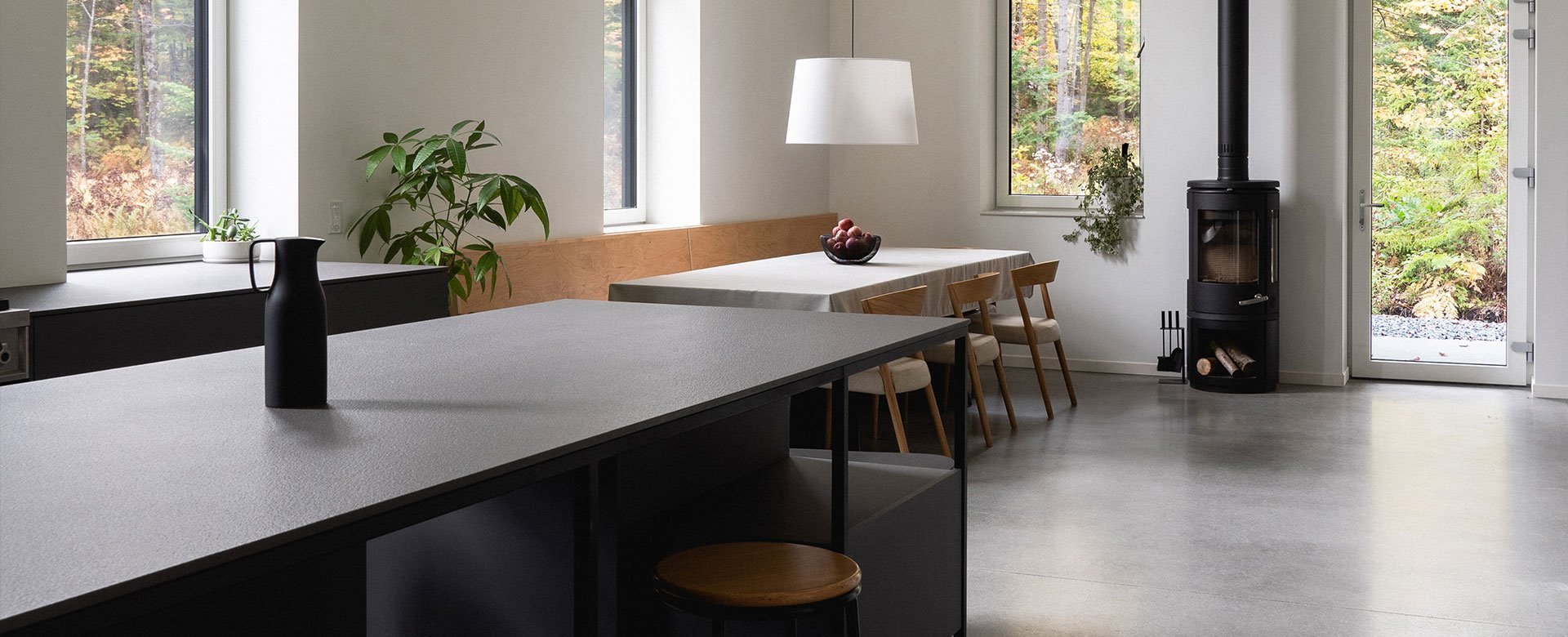
.jpg)
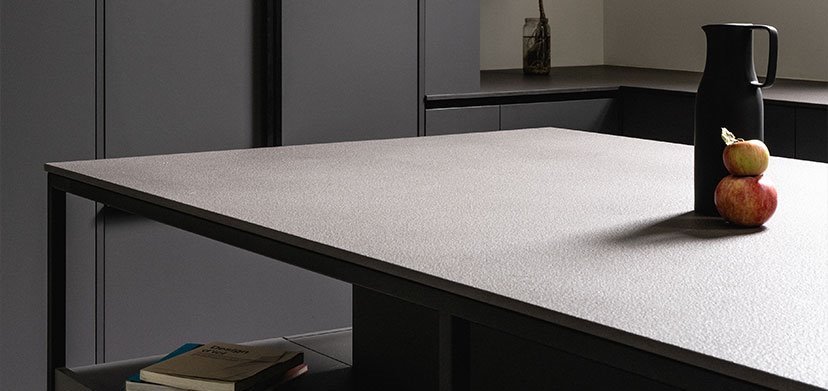
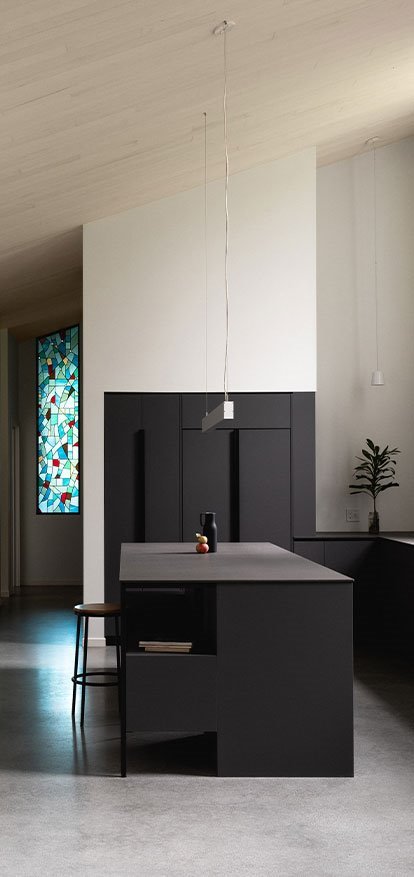
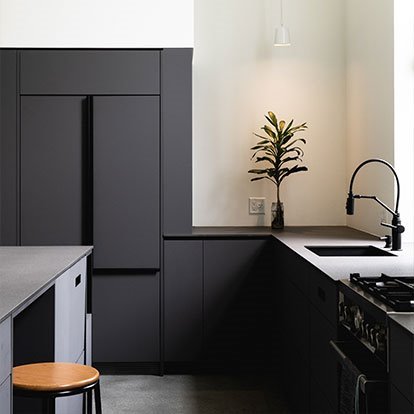
.jpg)
.jpg)
.jpg)
Maximum safety in the kitchen.
Other features of Lapitec include its inalterability and resistance to chemicals, shocks, scratches and UV rays. It does not absorb water or liquids, and prevents the build-up of dirt, mould and bacteria. Lapitec has the NSF/ANSI Std. 51 FOOD ZONE mark, which ensures its effectiveness in kitchen contexts.
- Kitchen
-
Vesuvio
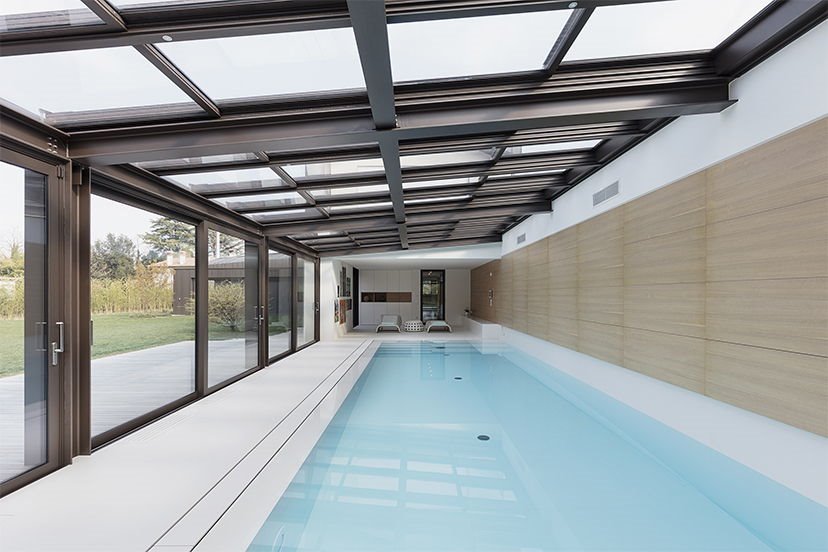
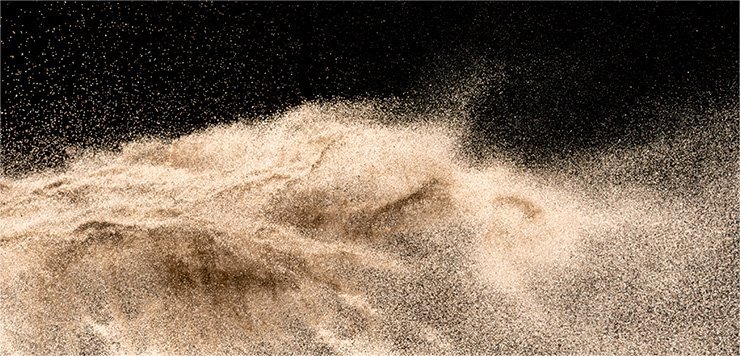

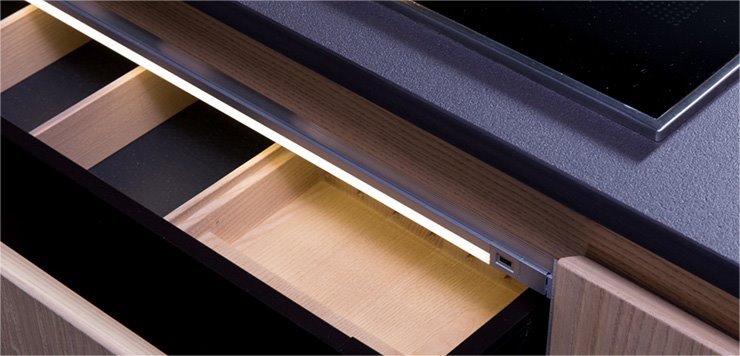
.jpg)

.svg)